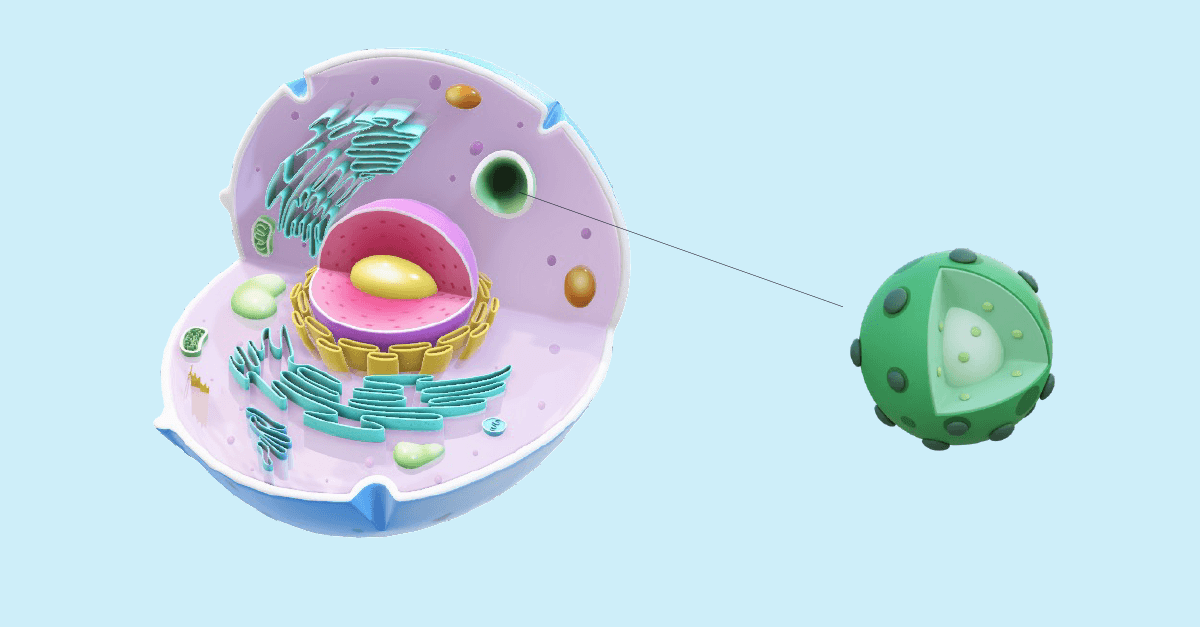
Organelle ion channels: gateways to cellular signaling and homeostasis
Ion channels localized to intracellular organelles – lysosomes, mitochondria, endoplasmic reticulum, and the nucleus – play indispensable roles in regulating cellular homeostasis, signaling, and metabolism. These channels are critical in maintaining ionic gradients, which are essential for processes such as pH regulation, calcium signaling, and the initiation of apoptosis. Dysfunction in organelle ion channels has been linked to a variety of human diseases, including neurodegenerative disorders, cancer, metabolic syndrome, and lysosomal storage diseases.
The crucial role of ion channels in cellular health and disease
In lysosomes, ion channels regulate the acidic environment necessary for the degradation of biomolecules. Abnormal lysosomal ion channel function can disrupt autophagy and lead to the accumulation of toxic substrates, contributing to neurodegeneration and storage disorders. Similarly, mitochondrial ion channels are key regulators of energy production and apoptosis. Their malfunction can result in impaired oxidative phosphorylation and excessive cell death, factors often implicated in both neurodegenerative diseases and cancer. The endoplasmic reticulum (ER) hosts several ion channels that are crucial for calcium storage and release; these channels modulate calcium signaling that influences muscle contraction, secretion, and cell proliferation. Alterations in ER ion channel activity are linked to metabolic diseases and stress-related cellular damage. Additionally, nuclear ion channels, though less studied, are emerging as important regulators of gene expression and chromatin organization.
Innovative techniques for studying organelle ion channels
Understanding the physiology and pharmacology of organelle ion channels has been challenging due to their intracellular localization and the complexity of their native membranes. One common strategy to study these channels involves overexpressing them in the plasma membrane. This approach facilitates electrophysiological measurements because plasma membrane channels are readily accessible for conventional patch clamp recording. By redirecting the channel’s targeting signals, researchers can bypass the technical challenges of recording from intracellular membranes, enabling detailed characterization of channel properties and pharmacological profiles.
Another important method is the isolation and purification of organellar vesicles. Through differential centrifugation and density gradient centrifugation techniques, researchers can isolate vesicles from lysosomes, mitochondria, ER, and even nuclear membranes. This method allows for the study of ion channels in a more native lipid environment while removing the confounding influences of other cellular components. Isolated vesicles provide a platform to directly measure ionic currents and to evaluate the effects of pharmacological agents on channel function with higher specificity.
Transforming organelle ion channel research with automated patch clamp
Electrophysiological techniques remain at the forefront of ion channel research. The conventional, or manual, patch clamp technique involves the use of a glass pipette and micromanipulation to seal onto a small patch of membrane. This method offers high resolution, enabling the recording of single-channel currents and detailed kinetic analyses. However, manual patch clamp is labour-intensive and low throughput, which limits its use in large-scale pharmacological screening.
Recent advances in automated patch clamp technologies are transforming organelle ion channel research. Automated patch clamp systems integrate robotics, microfluidics, and sophisticated software to increase throughput and reduce variability. These platforms can perform parallel recordings from multiple vesicles or cells, significantly accelerating data acquisition and allowing for more robust statistical analyses. Due to the small size of organellar vesicles compared to cells, Sophion have specialist recording QPlates/QChips, with smaller aperture, higher resistance recording sites. Automated patch clamp not only enhances the speed of discovery but also facilitates the screening of large compound libraries, which is critical for drug development targeting dysfunctional organelle ion channels.
A new era in organelle ion channel research is driving discovery and therapeutic innovation
The integration of techniques such as overexpression in the plasma membrane, organellar vesicle isolation, and both manual and automated patch clamp provides a comprehensive toolkit for exploring the physiology, pharmacology, and pathophysiology of lysosomal, mitochondrial, ER, and nuclear ion channels. These approaches are driving forward our understanding of how ion channel dysfunction contributes to human disease and are paving the way for novel therapeutic interventions.
If you are interested in learning more about using automated patch clamp for organelle ion channel research, the Sophion webinar on organellear electrophysiology with Dr. Manuel Paina from Axxam is an excellent resource. Also, be sure to explore the publications listed below:
